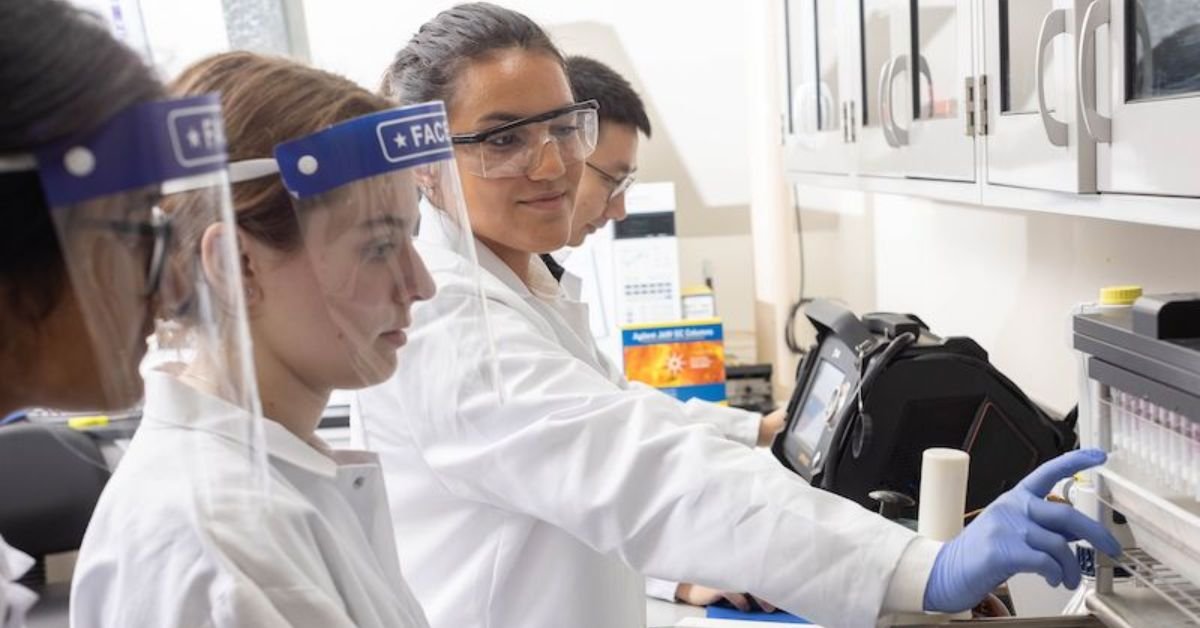Forensic law in Florida plays a crucial role in the criminal justice system, ensuring that evidence is collected, preserved, and analyzed according to legal standards. The chain of evidence, or chain of custody, is a fundamental concept in forensic law, detailing the procedures and documentation necessary to maintain the integrity of evidence from the crime scene to the courtroom. This article provides an overview of Florida forensic law, the importance of the evidence chain, and how it ensures the credibility of forensic investigations and legal proceedings.
1. Understanding Forensic Law in Florida
Forensic law in Florida is shaped by a combination of state statutes, constitutional rights, and court rulings. The primary goal of forensic law is to ensure that evidence collected during criminal investigations is handled, analyzed, and presented in a way that is legally admissible in court. Florida’s forensic law is governed by specific rules and procedures to maintain the integrity of evidence, protect the rights of individuals involved, and uphold the principles of justice.
2. The Chain of Evidence in Florida
The chain of evidence refers to the documented and unbroken transfer of physical evidence from the crime scene to the court. This process is essential to proving that the evidence presented in court is the same as what was originally collected from the scene. In Florida, the chain of evidence is governed by both state law and best practices established by forensic professionals.
Key Elements of the Chain of Evidence
- Collection: Evidence must be carefully collected at the crime scene by trained law enforcement or forensic personnel. This includes photographing and documenting the scene, and ensuring the proper tools and procedures are used to avoid contamination.
- Packaging and Labeling: Once collected, the evidence must be securely packaged and labeled, with all relevant details included (e.g., case number, date, time, and description of the item). This ensures that the evidence can be traced back to the specific case.
- Transportation: Evidence is then transported to a forensic laboratory or storage facility, where it must remain securely stored to prevent tampering or contamination.
- Analysis: In the forensic lab, trained experts analyze the evidence using appropriate scientific methods. The analysis must follow standardized procedures to ensure the results are reliable.
- Documentation and Custody: Every time evidence is handled or transferred, it must be documented, and each individual who handles the evidence must sign the chain of custody log. This documentation is critical for proving that the evidence has not been altered or tampered with.
- Court Presentation: When evidence is presented in court, the chain of custody documentation is crucial to verify the authenticity of the evidence. Failure to maintain a clear and unbroken chain of custody can lead to the evidence being challenged or dismissed.
3. Florida Statutes Governing Evidence Handling
Florida law provides several statutes and legal principles to govern the handling of evidence in forensic investigations. Chapter 90 of the Florida Statutes, which deals with the Rules of Evidence, outlines the requirements for admitting evidence into court. Some key provisions include:
- Fla. Stat. § 90.901: Requires that evidence must be authenticated before it is admissible in court. This includes proving that the evidence has been properly preserved and is the same as what was originally collected.
- Fla. Stat. § 90.902: Provides guidelines for the authentication of records, including documents, photographs, and audio/video recordings. The law allows for the use of expert testimony to verify the authenticity of evidence.
- Fla. Stat. § 90.803: Addresses the rules for hearsay evidence, which is a statement made out of court but offered to prove the truth of the matter asserted. Hearsay evidence is generally not admissible unless it falls within certain exceptions, such as business records or public records.
4. Importance of Maintaining the Chain of Evidence
Maintaining an unbroken chain of evidence is critical to ensuring the integrity of the forensic investigation and the legal process. A compromised chain of evidence can lead to the dismissal of evidence, weakening the case or resulting in wrongful convictions. The key importance of maintaining the chain of evidence includes:
- Ensuring Legal Admissibility: Evidence presented in court must meet specific legal standards to be admissible. A clear chain of custody provides the foundation for the evidence’s legal credibility.
- Protecting the Rights of the Accused: A well-documented chain of evidence helps to protect the rights of individuals by ensuring that no tampering or contamination occurs, and the evidence presented in court is reliable.
- Upholding Public Trust: Maintaining the integrity of forensic evidence helps to uphold the public’s trust in the justice system. Any perception that evidence has been mishandled or tampered with can undermine confidence in the system’s fairness.
5. Challenges in Maintaining the Chain of Evidence
Despite the rigorous protocols in place, forensic law in Florida faces several challenges in maintaining the integrity of the chain of evidence:
- Human Error: Mistakes in labeling, documenting, or transferring evidence can create gaps in the chain of custody.
- Resource Limitations: Underfunded law enforcement agencies or forensic labs may face challenges in properly storing or tracking evidence, increasing the risk of mishandling.
- Technological Advances: As technology evolves, the types of evidence collected—such as digital evidence from computers and smartphones—present new challenges for maintaining the chain of evidence. Ensuring the security and integrity of digital evidence requires specialized knowledge and training.
6. Forensic Law and the Digital Age
The rise of digital forensics has introduced new complexities to the chain of evidence. Digital evidence, such as data from computers, mobile phones, and cloud storage, requires careful handling to prevent data corruption or tampering. Florida forensic law must continue to adapt to these changes by incorporating best practices in the digital age:
- Data Integrity: Digital evidence must be handled using software tools that ensure data is not altered during collection, storage, or analysis.
- Specialized Training: Law enforcement and forensic professionals must undergo specialized training in digital forensics to ensure they follow proper procedures when handling digital evidence.
Conclusion
Florida forensic law and the proper handling of evidence through the chain of custody are critical components of the criminal justice process. By adhering to the laws and guidelines governing evidence handling, forensic professionals ensure that justice is served through the accurate and reliable presentation of evidence in court. Maintaining the integrity of the evidence chain is essential for the success of criminal investigations, the protection of individuals’ rights, and the overall credibility of the legal system.
References
- Florida Statutes, Chapter 90 – Rules of Evidence. (2023). Retrieved from https://www.leg.state.fl.us/statutes/
- Florida Department of Law Enforcement (FDLE). (n.d.). Forensic Services. Retrieved from https://www.fdle.state.fl.us
- National Institute of Justice (NIJ). (2022). Forensic Evidence and the Chain of Custody. Retrieved from https://nij.ojp.gov





